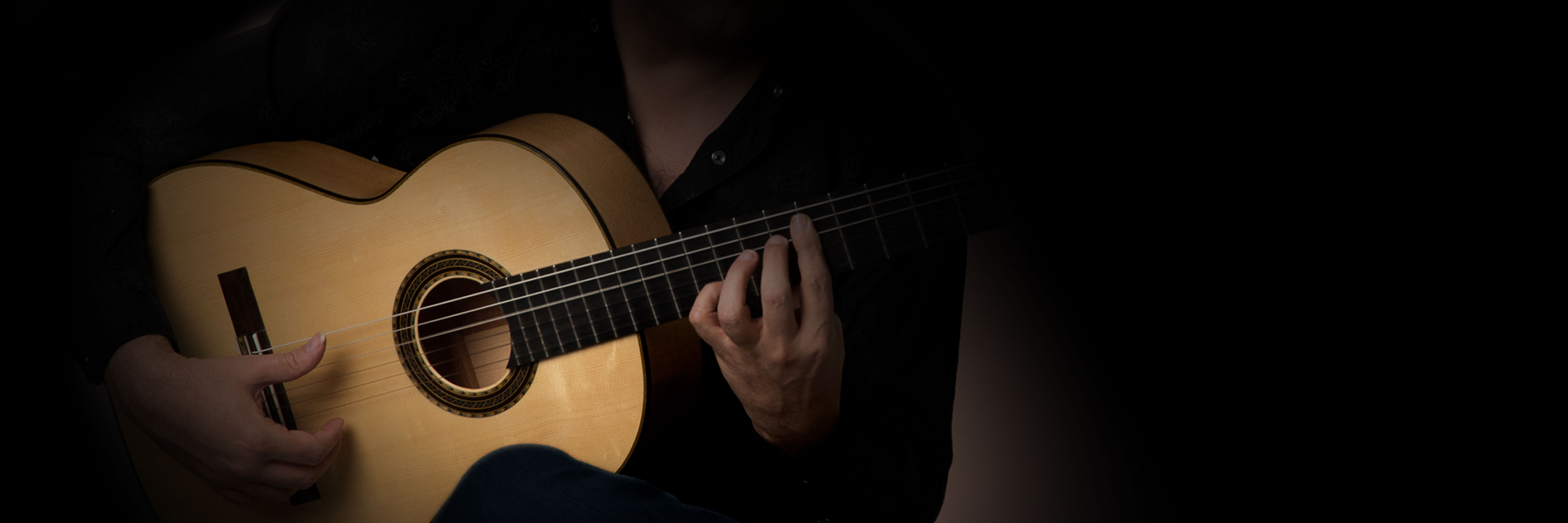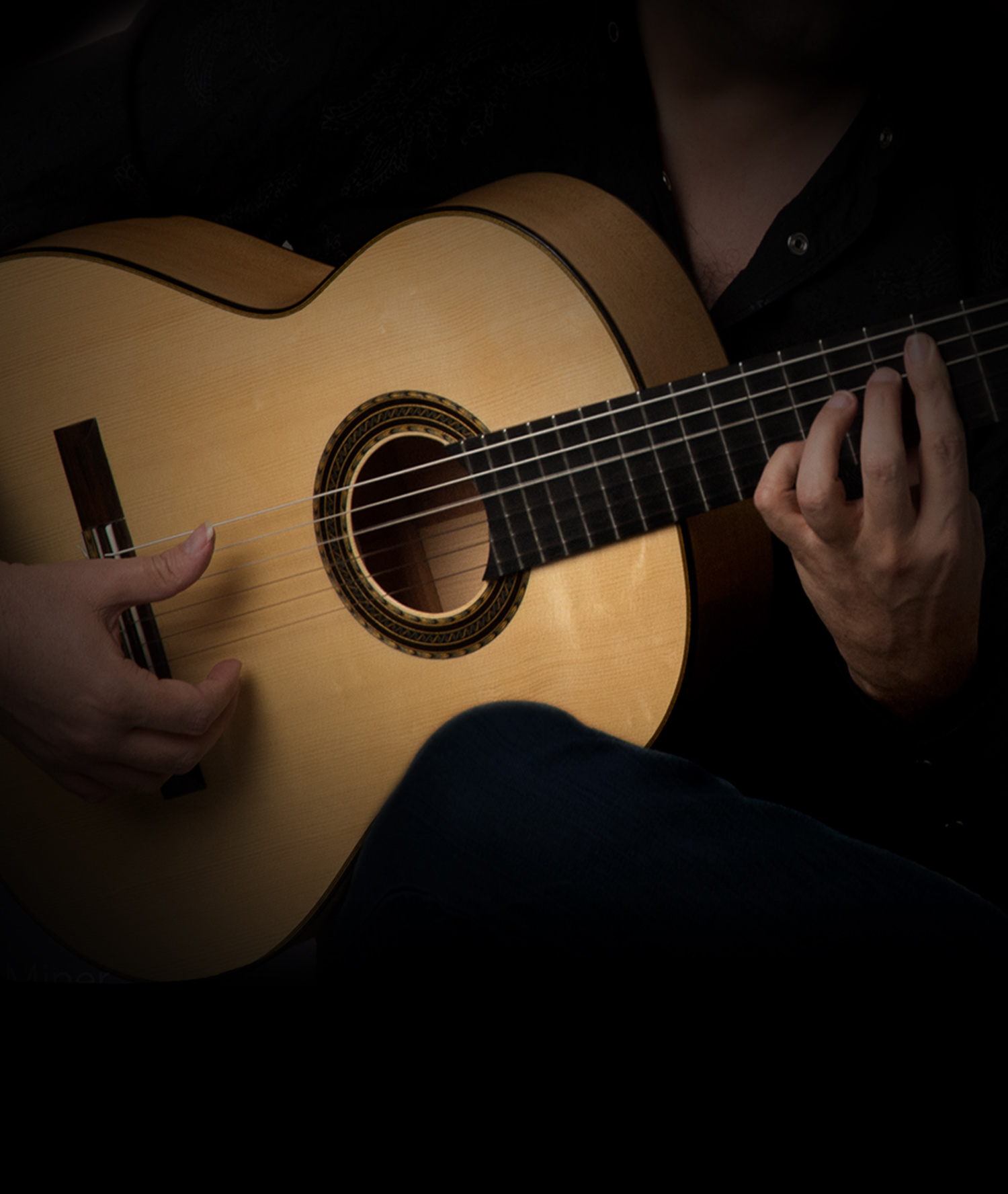The technique of tremolo whether a 3-note or a 4-note, is one of the hallmarks of a professional guitarist. Considered an advanced skill, it is a technique that demonstrates refinement, control and lyricism in one’s playing.
The classical tremolo is a 3-note tremolo i.e. p,a,m,i (not including the thumb) and is found in some of the most iconic and memorable pieces such as Recuerdos de la Alhambra by Francisco Tárrega, Una Limosna para el Amor de Dios and Sueño en la Floresta by Austin Barrios.
The flamenco tremolo is a 4-note tremolo (not including the thumb), i.e. p,i,a,m,i
the extra note in the flamenco tremolo makes for a slower moving melody line and allows for a
more rubato phrasing. Typically used in the slow and free forms of Taranta, Granaina, Minera,
but also in a slower rhythmic form such as a Soleá.
In this lesson, you will learn how to play both the classical tremolo and the flamenco tremolo, where you
will get very specific techniques and methods of how to develop your fluidity, accuracy, control
and tone quality whilst playing a tremolo piece. If you’ve never done tremolo before, or have
limited experience with this technique and have struggled with it for some time, this lesson is
recommended before you get the lesson on Recuerdos de la Alhambra.
In this lesson Adam del Monte is playing a Blanca flamenco guitar by the master luthier Erez Perelman









